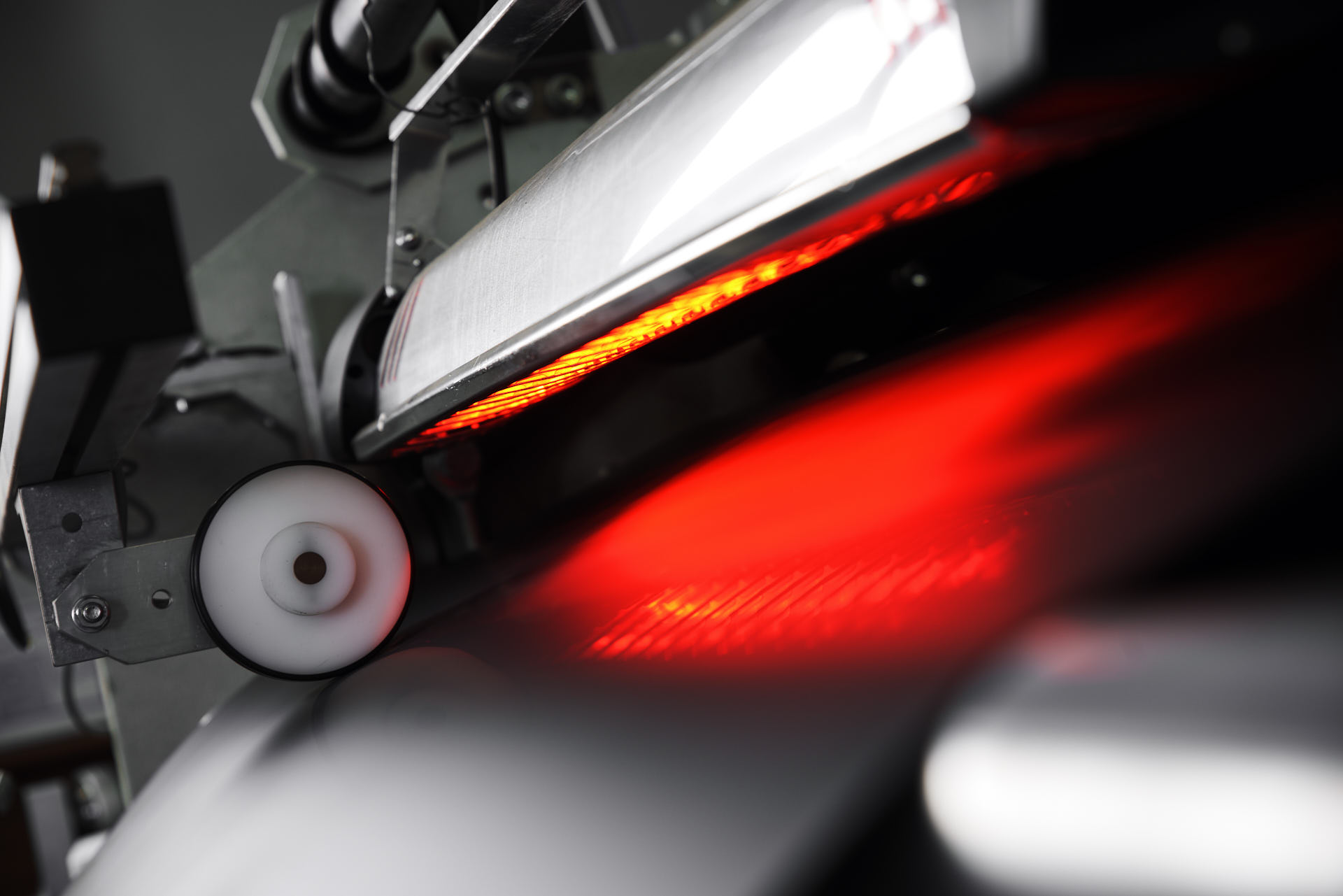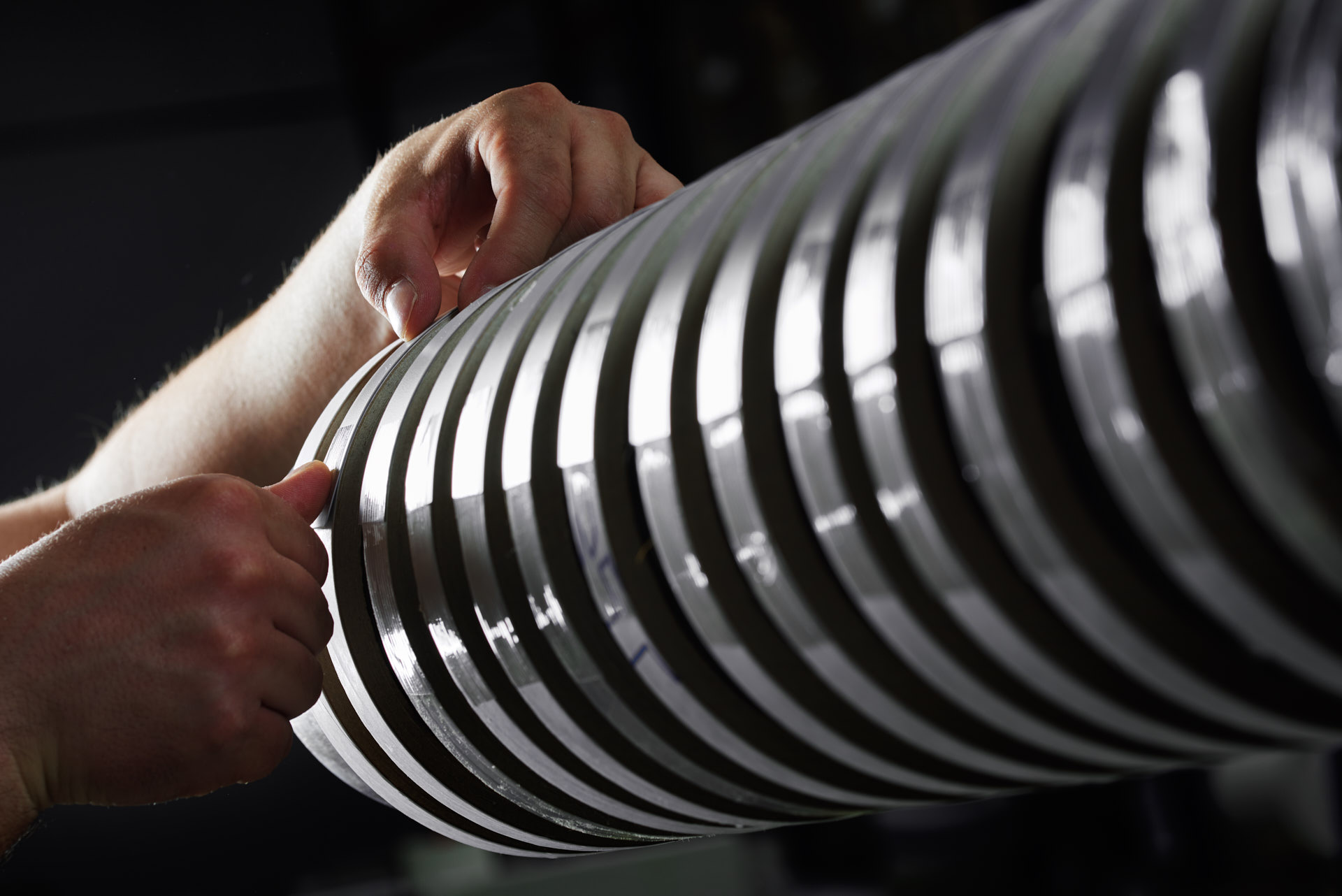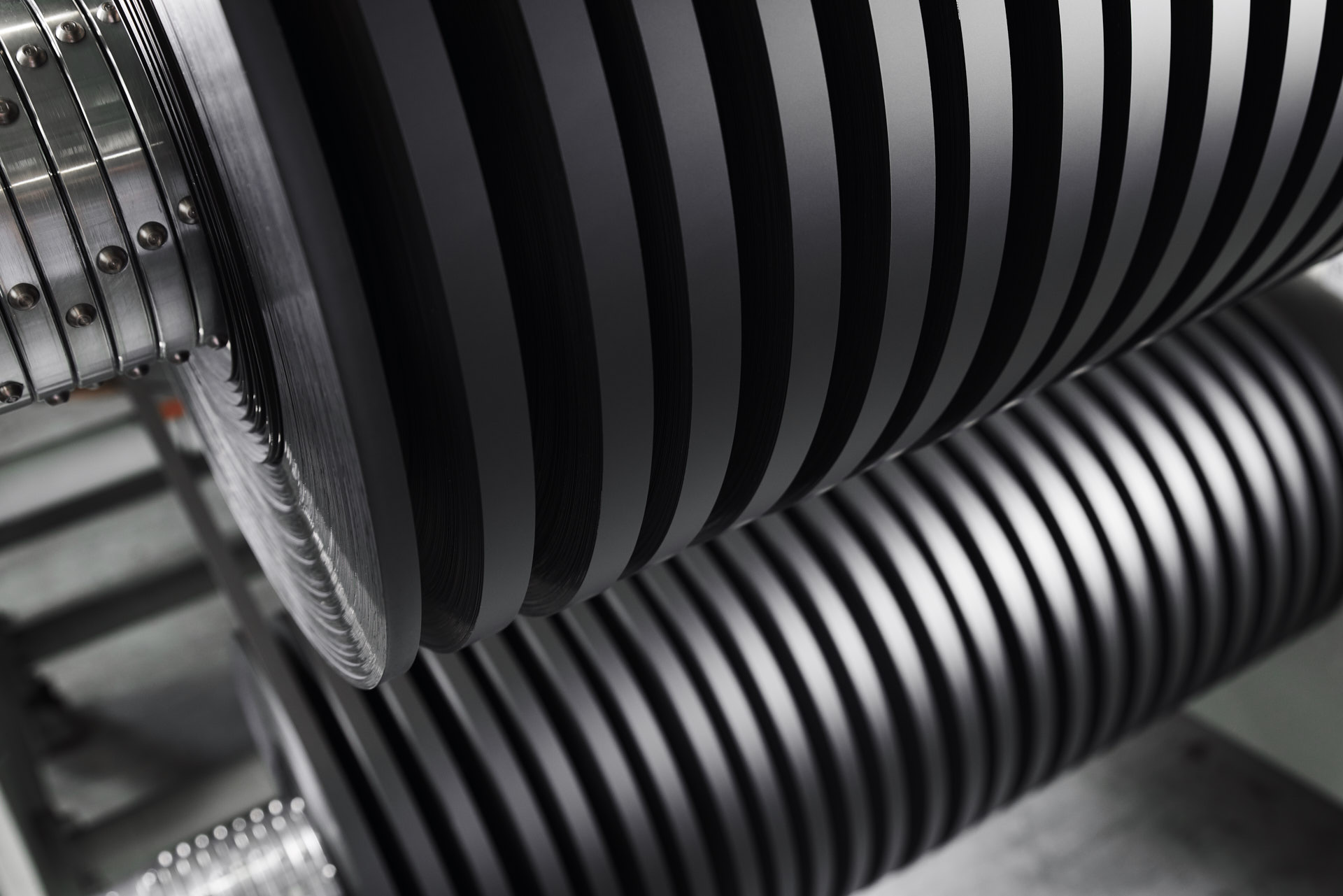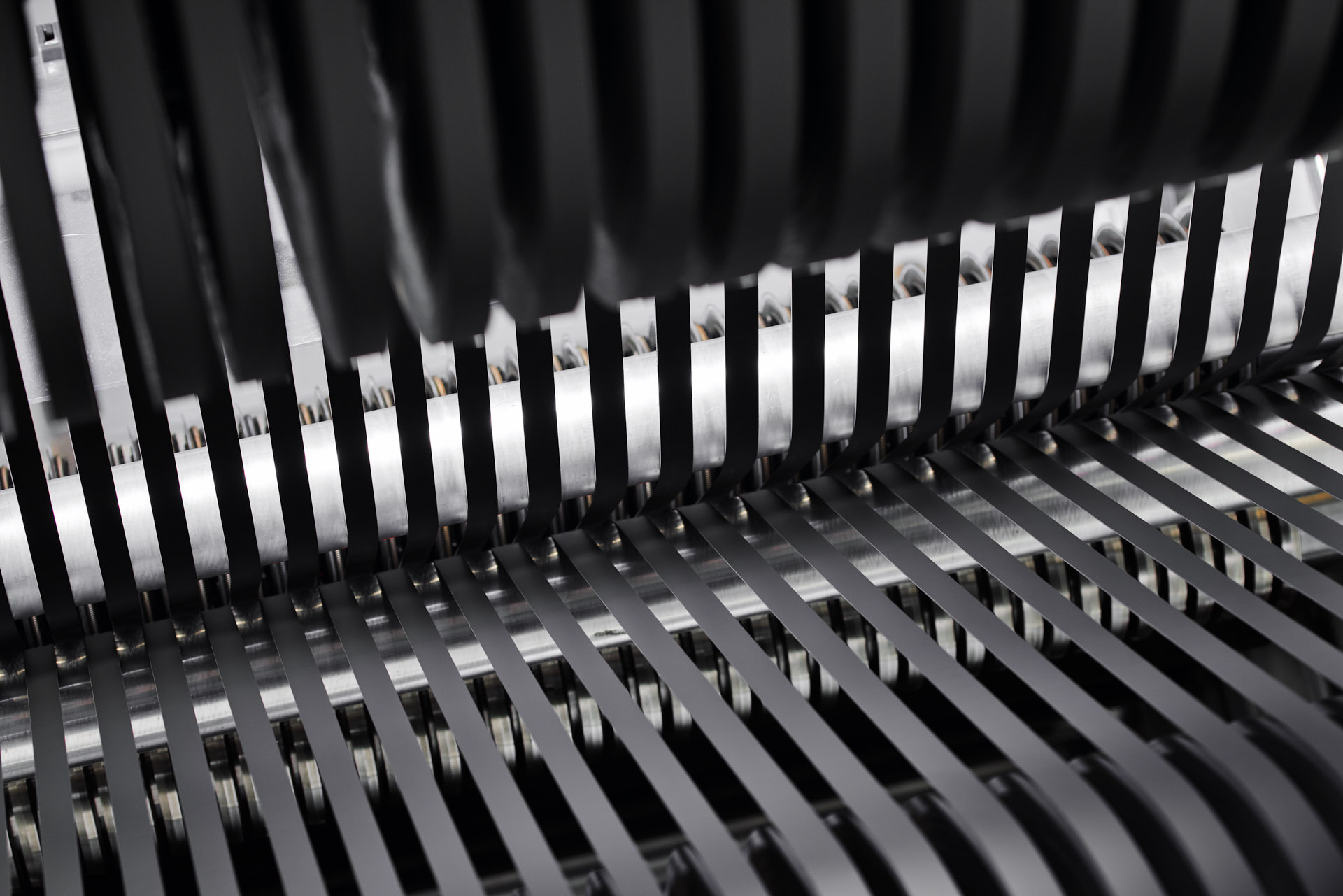Polypropylene (PP) edges and profiles
The polypropylene edges combine environmental compatibility with high performance; in fact, this particular polymer offers excellent resistance to temperatures, acids, solvents, light and humidity, it is non-toxic and odorless. Compared to other plastic polymers, polypropylene is naturally more flexible and resistant.

Characteristics
The edges and profiles for furniture in PP or polypropylene proposed by Kromaplast combine environmental compatibility with high performance: this particular polymer is in fact characterized by its excellent resistance to high temperatures, acids, solvents, light and humidity, which make it suitable for many uses, from the petrochemical industry to the food industry, because it is also non-toxic and odorless.

Advantages
Polypropylene has more advantages than other polymers commonly used for the production of edges and profiles for furniture: greater flexibility, stability to UV rays, high resistance to heat and low tendency to shrinkage. Thanks to their characteristics, the edges and profiles for PP furniture find application in various types of forms: from the home to the office, but also inside laboratories, because they are resistant to chemical agents such as acids and solvents.

Ecological
Completely recyclable, odorless, physiologically inert, polypropylene is the ecological alternative to other plastic materials commonly used in the production of furniture edges such as laminate.

Customizable
Kromaplast offers its customers edges and profiles for furniture in polypropylene in various colors, finishes and in a variable thickness from 0.3 to 20 tenths of a millimeter, or upon request for specific requirements.